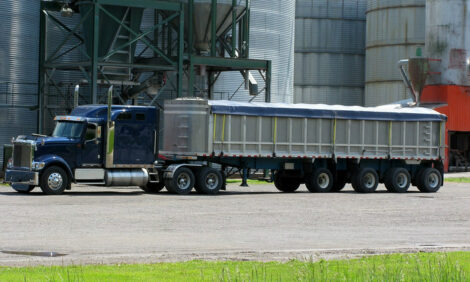



US Poultry Imports to South Africa Lower Than Expected
SOUTH AFRICA - Between January 2016 and September 2016, South Africa imported 230,643 tons of bone-in poultry portions, which include wings, quarters, feet, drumsticks, among others, according to Agribiz Research.However, only 8 per cent (around 18,098 tons) has come from the US over the same period.
There was considerable fear and trepidation in South Africa's poultry sector when the government gave the United States a rebate provision that provided a quota of 65,000 tons per year of United States bone-in poultry cuts into South Africa.
The rebate specified that the US was exempt from paying an anti-dumping duty of R9.40 per kg, as part of a concession made by South Africa to allow for the country to retain its preferential market access under the Africa Growth Opportunity Act (AGOA). The rebate was published on 18th December 2015.
The quota for bone-in poultry imports is divided into four equal portions, but only 60 per cent of the quota was filled in the first quarter (January 2016 to March 2016). While the expectation was for poultry bone-in imports from the United States to peak in the second quarter, they however declined by 47 per cent between April 2016 and June 2016.
The third quarter (July 2016 and September 2016) saw a further decline of 36 per cent, with US bone-in poultry imports coming in at only 3,262 tons.
The US would have had a market share of 21 per cent, if the quota to date, was fully filled. However, the market share for the US currently stands at 8 per cent, having only used 37 per cent of the possible imports under the quota.
Meanwhile, it appears the EU (72 per cent) and Brazil (17 per cent) have steadfastly held on to their market share of South African bone-in poultry imports.
Agribiz suggested the aggravating price effect of the depreciation of the Rand against the US Dollar has added to significant increases in food prices, including poultry imports, which would inevitably, lead to a weakening of demand. It seems the impact of the recent drought and the exchange rate may have had far more adverse effects on the domestic industry’s competitiveness, rather than bone-in imports from the US, as was initially feared.









